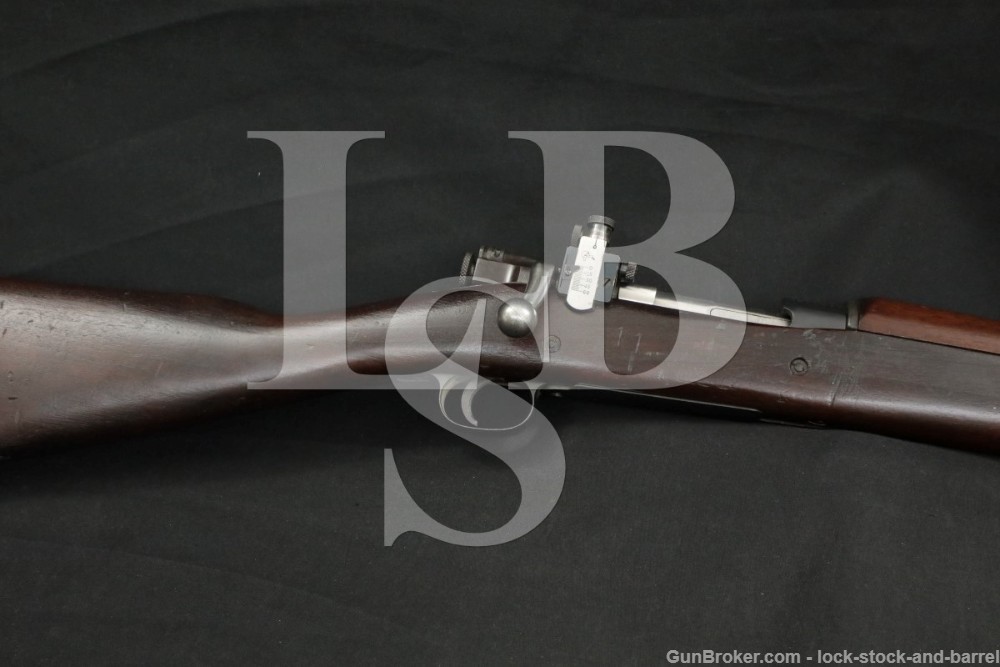
was given contracts to build the M1903A3 rifle, built to specs developed by Remington and the Rifle Production Board, and US Army Ordnance Corps. About the same time, High Standard was approached to build A3's, but could not due to their other wartime commitments, and LC Smith and Corona Co. The stamped and sheet metal parts were phased in over a period of approximately a year, and the A3 variant was authorized about mid-1942. There was no immediate jump from 03's to A3's. Public records indicate that the rifle production boards convened often, and the subject of improving the production of the M1903 rifles was suggested not long after the very first Remington 03's hit the racks. In short time, it became apparent that the equipment that Remington had received from the gov't was worn out, and in disrepair from storage. They were not manufactured from the same steels, nor the same processes in use at the armories in 1918, they were built using the same steel as the Springfield designed US Rifle, caliber. It became apparent that WE were going to end up in that mess.now all of a sudden WE need rifles! And in a hurry! Remington was contracted to build M1903 rifles to the pattern in use at the end of WW1, and rifles started coming out as early as November/December of 1941.

Apparently, after receiving the manufacturing equipment, but prior to producing rifles, the British found sources for other weapons production, and cancelled the whole deal. The rifle proposed was to be loosely based on an M1903, but had a magazine and bolt face altered for use with the British. It was decided that Remington would receive all of the US Model of 1903 production equipment that had been in use at Rock Island (Gov't) Arsenal, who had stopped '03 production in 1918. Prior to our involvement in WWII, and shortly after the Brits took it in the shorts at Dunkirk, the British government approached Remington and the US Govt about replacement firearms.


 0 kommentar(er)
0 kommentar(er)
